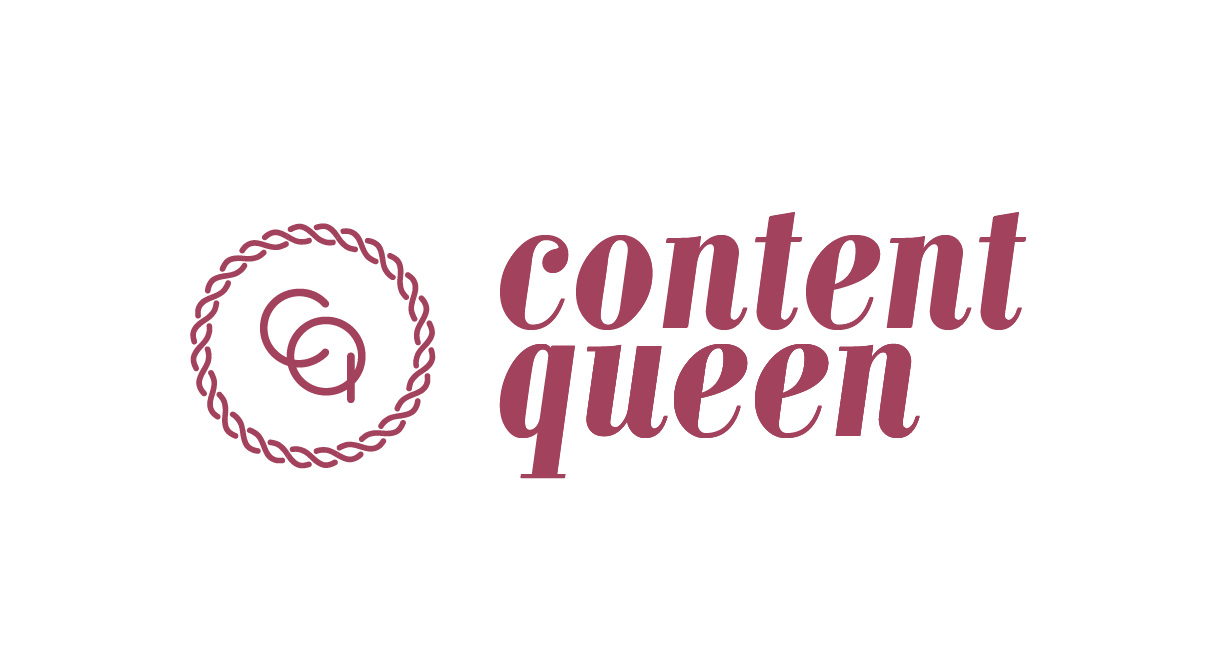The 4 Stages of Creativity in Content Creation
I've been diving into "Mind Management, Not Time Management" and discovered something that completely changed how I think about my content creation process.
The 4 stages of creativity outlined in the book aren't just theoretical concepts, they're exactly what we go through when creating content for our businesses.
And understanding this process might just be the key to making content creation feel less overwhelming and more enjoyable.
I thought I would break it down and share with you how the 4 stages of creativity can work for content marketing.
What are the 4 stages of creativity?
The concept of the four stages of creativity isn’t just a feel-good framework for artists. It actually dates back to the early 1920s, first introduced by English social psychologist Graham Wallas in his book The Art of Thought. He studied how creative ideas actually come to life and mapped out a process that’s still incredibly relevant today, especially for business owners creating content in a more creative way (that also doesn’t burn you out).
The stages are: Preparation, Incubation, Illumination, and Verification.
Let’s break down each stage and explore how it can make your content marketing easier, more intentional, and way more enjoyable.
1. Preparation: research and information gathering
This is where it all begins. The preparation stage is about filling your mind with information and insights.
For content creation, this looks like:
Understanding your audience's pain points
Researching topics in your niche
Looking at what content has worked before
Collecting stories and experiences to share
Sometimes when we feel stuck with content ideas, it's because we haven't spent enough time in this preparation phase. We're trying to create from an empty well.
When I work with clients, I often find they're skipping this crucial step. They sit down to write a post with no research or reflection, then wonder why they feel blocked.
Try this: Before your next content creation session, spend 30 minutes just gathering ideas, stories, and insights. Notice how much easier the actual creation becomes.
2. Incubation: let your ideas simmer
This is the stage most of us skip, but it might be the most important!
During incubation, you step away from actively thinking about your content and let your subconscious mind work its magic. Those random content ideas that pop into your head while showering? That's incubation at work.
For content creation, this looks like:
Taking walks between writing sessions
Letting draft content "rest" overnight before editing
Not forcing yourself to immediately create after research
Creating space for ideas to connect in unexpected ways
Try this: After researching a topic, deliberately take a break. Go for a walk, do something completely different, or sleep on it. Return to your content with fresh eyes and new connections.
3. Illumination: the "Aha!" moment and creation
This is when everything clicks, the perfect caption or video idea appears, the structure falls into place, or you suddenly see how to explain a complex concept simply.
For content creators, illumination often feels like:
Suddenly seeing how to connect two seemingly unrelated ideas
Finding the perfect hook for your audience
Understanding how to structure your content for maximum impact
Discovering your unique angle on a common topic
You actually create the content
Try this: Keep a notes app handy at all times. When illumination strikes (and it will!), capture it immediately, even if it's at 2am or in the middle of a workout.
4. Verification: refine and polish
The final stage is about taking your brilliant idea and making it real. This is where you edit, refine, test, and ultimately share your content with the world.
For content creation, this involves:
Drafting your initial content
Editing for clarity and impact
Aligning with your brand voice and style
Getting feedback when possible
Formatting for the platform where it will live
Finally publishing and promoting your work
Try this: Create a simple checklist for your verification process. Mine includes checking for clarity, adding a strong call-to-action, and ensuring every piece of content serves my business goals. Have a process so you know what needs to be done.
Why this matters for content marketing
Understanding these stages has completely transformed how I approach content creation, both for myself and my clients.
Instead of sitting down and expecting perfect content to flow immediately (which is what most of us do!), I now recognise that creativity follows a natural process that needs space and time.
When I feel stuck, I can identify which stage I'm in and what I need:
Need ideas? Focus on preparation.
Feeling foggy? Give yourself incubation time.
Waiting for clarity? Create the conditions for illumination.
Have the idea but not the final product? Focus on verification.
Final thoughts
None of us are perfect. So let's stop pretending to be and enjoy a simpler, less strenuous, more authentic way of sharing ourselves and brands with the world.
The 'ugly' content approach isn't just a passing trend - it's a response to what audiences genuinely want: real connections with the brands they follow. By embracing this more authentic style, you're not lowering your standards - you're actually raising them by prioritising what truly matters to your audience.

